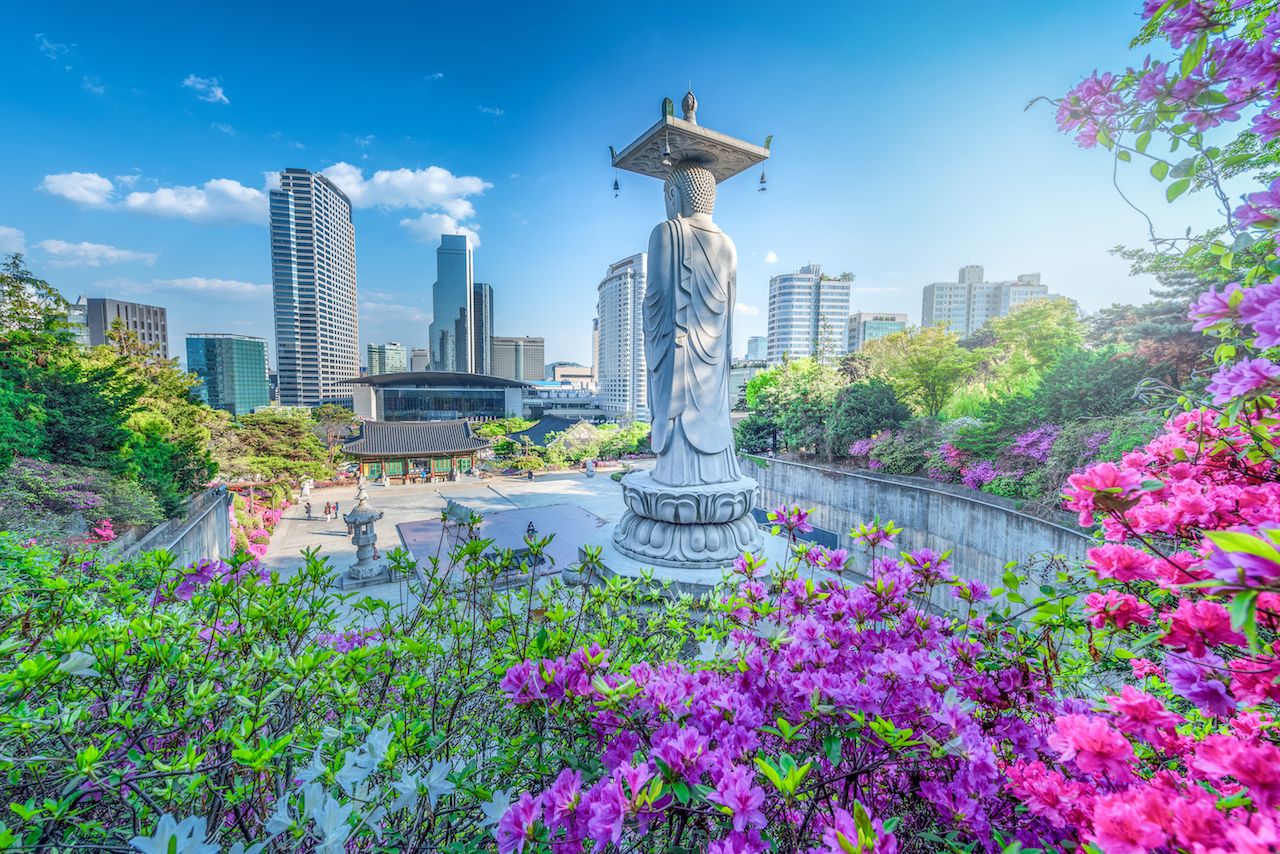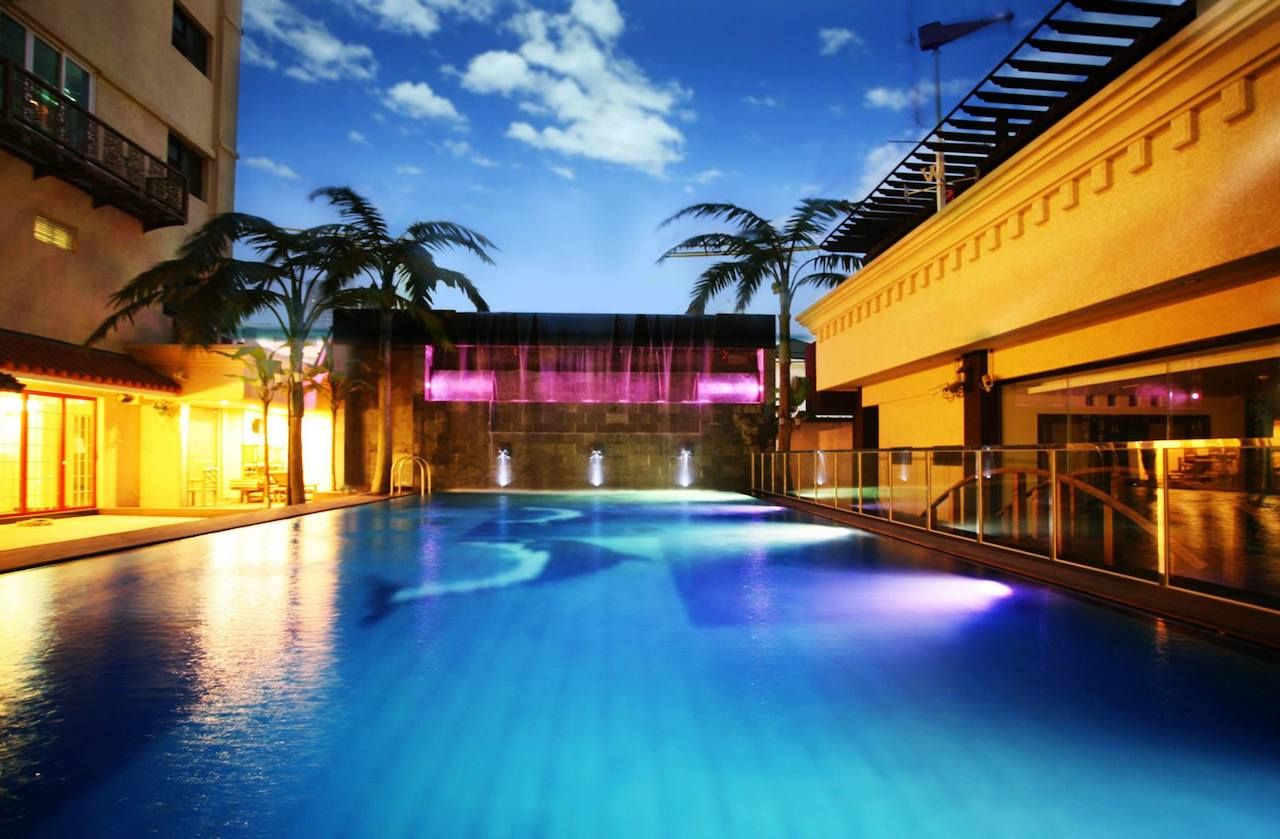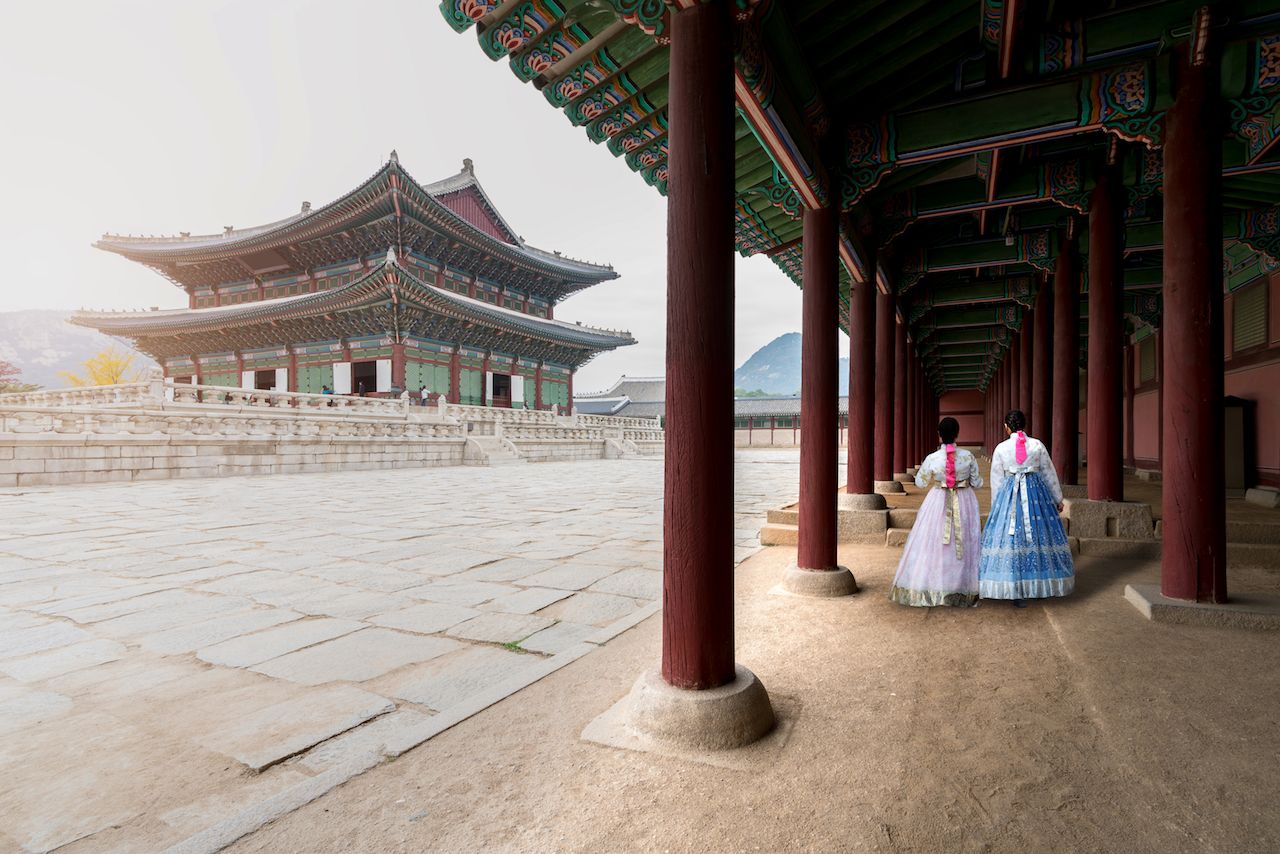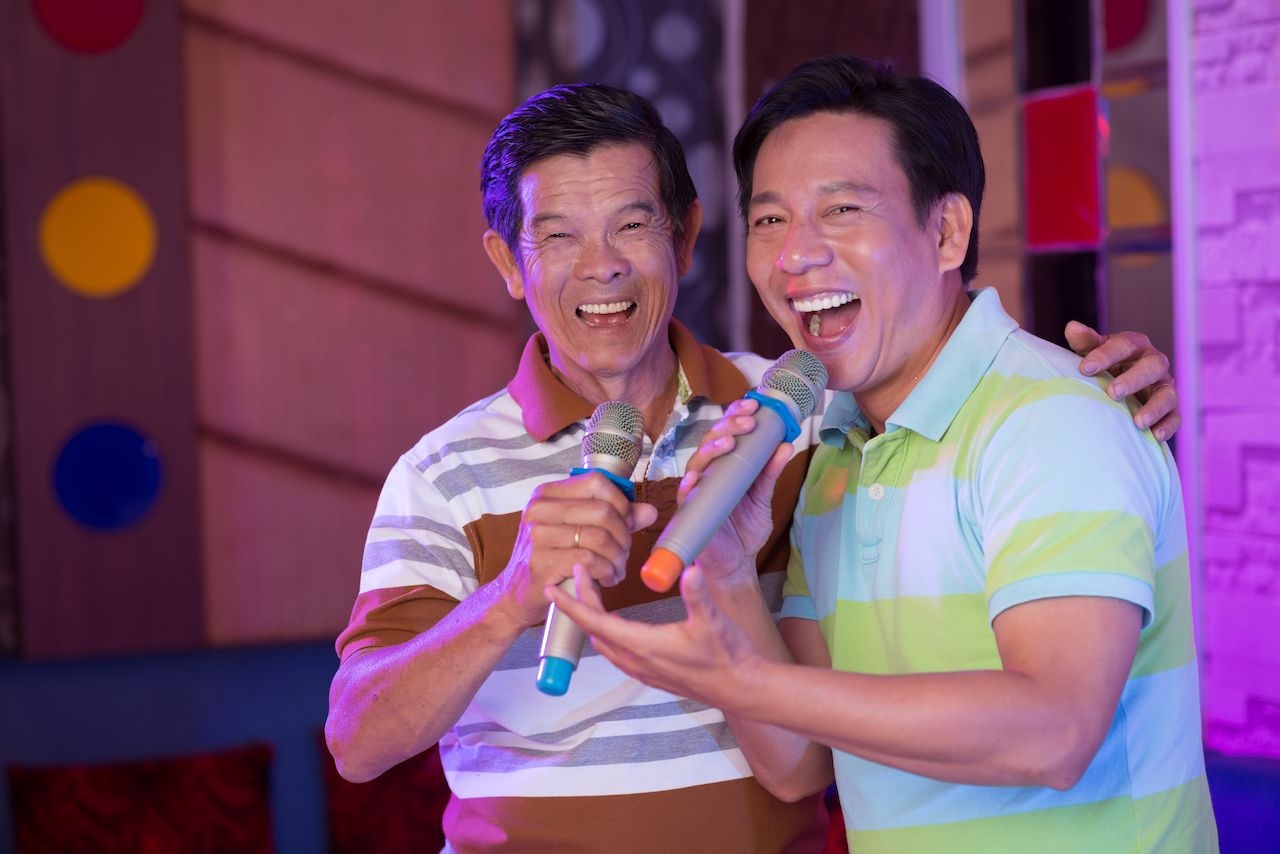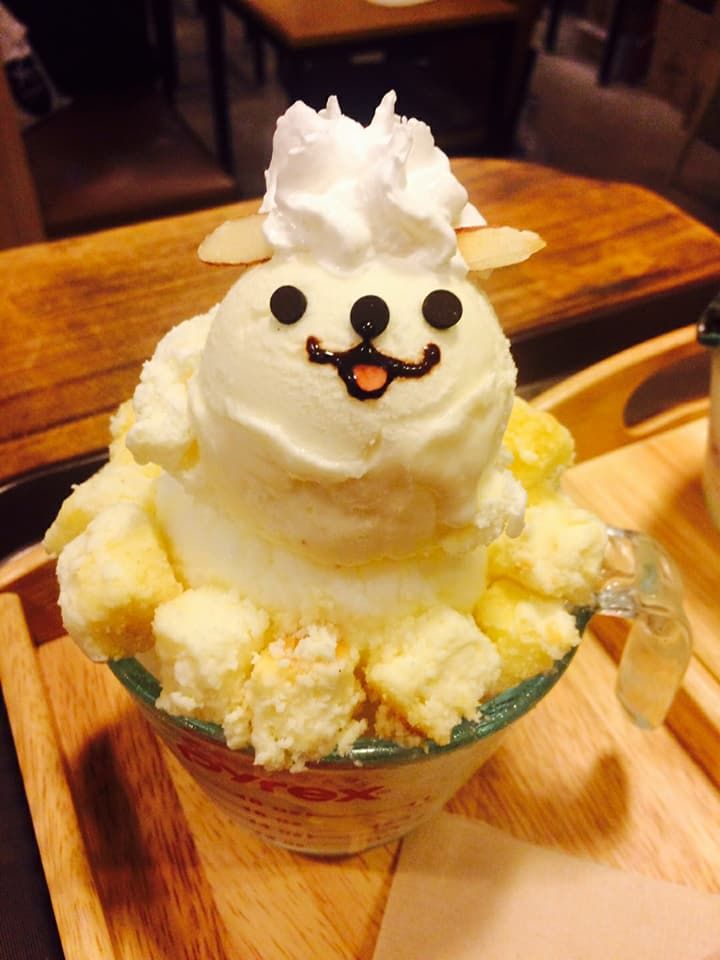When it comes to penning bucket lists, Seoul doesn’t receive nearly as much wanderlust as more popular Asian destinations like Tokyo, Beijing or Bangkok. But in the wake of the 2018 Winter Olympics, more attention is finally being paid to South Korea, and in turn, it’s capital city. Which means the secret that many savvy travelers already knew is getting out: Seoul is the most underrated city in Asia for travelers.
Seoul has a huge expat population (many people move there to teach English overseas), an innovative food scene, 24-hour everything, traditional Korean architecture, efficient public transit, K-pop, and a fashion scene that is so far ahead, their style only trickles down to the west years later. On top of that, Seoul is actually affordable. Compared to similar cities like Tokyo and Hong Kong, Seoul’s cheap food, lodging, transportation, and shopping make visiting way more accessible for the average traveler.
Here are a few more reasons why Seoul is totally underrated.

